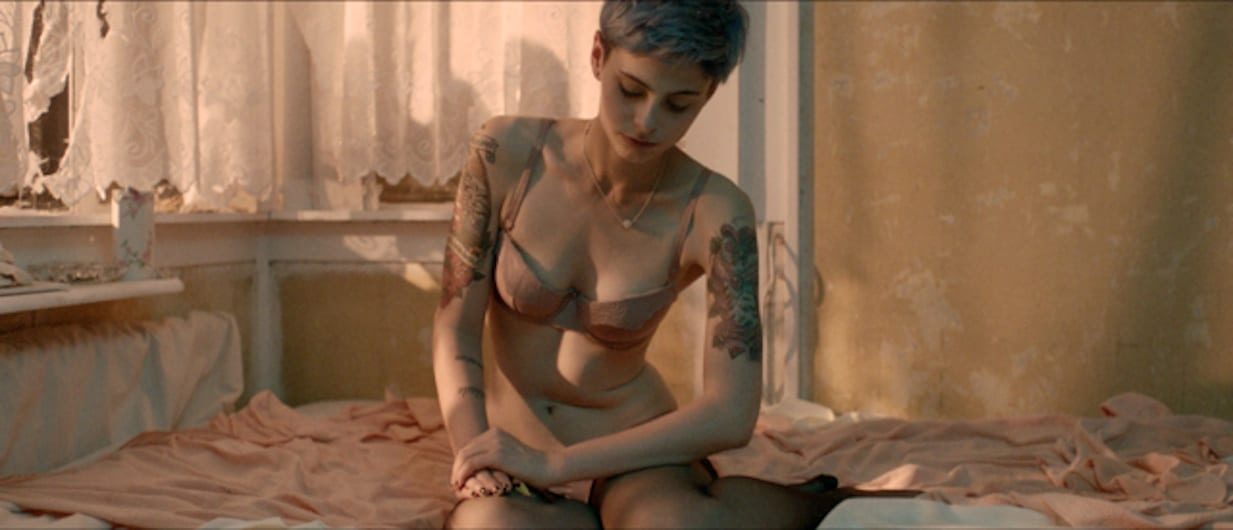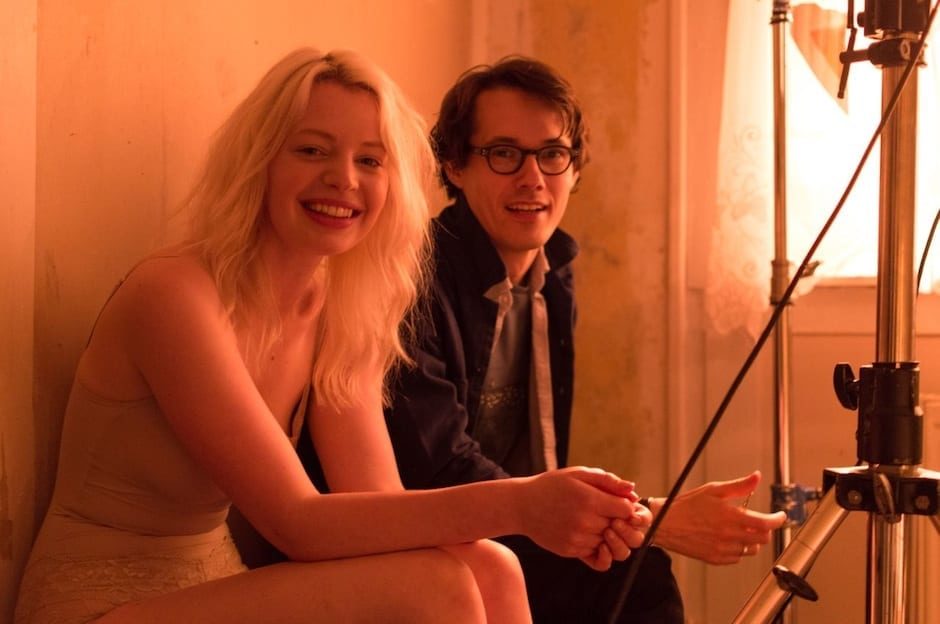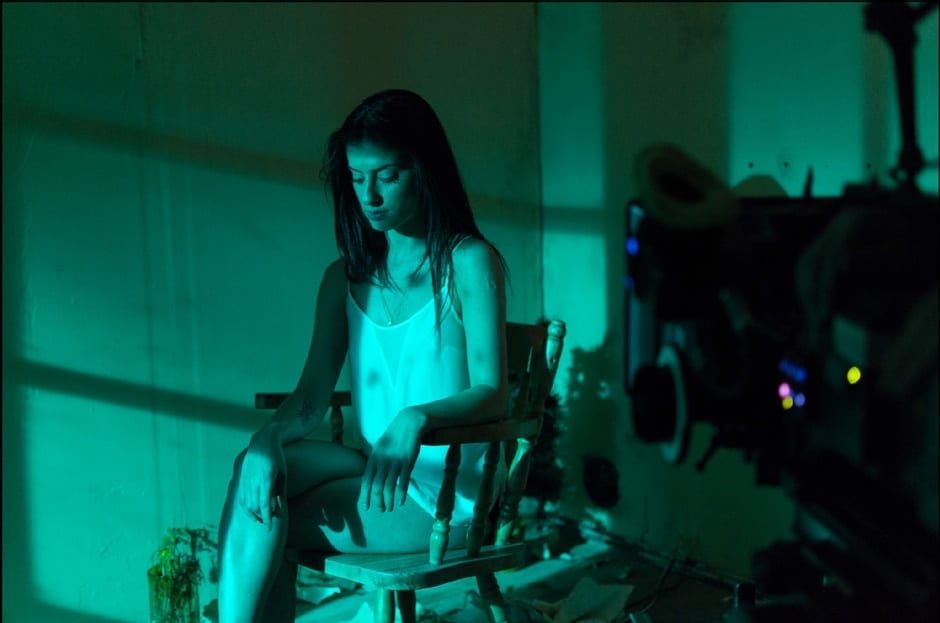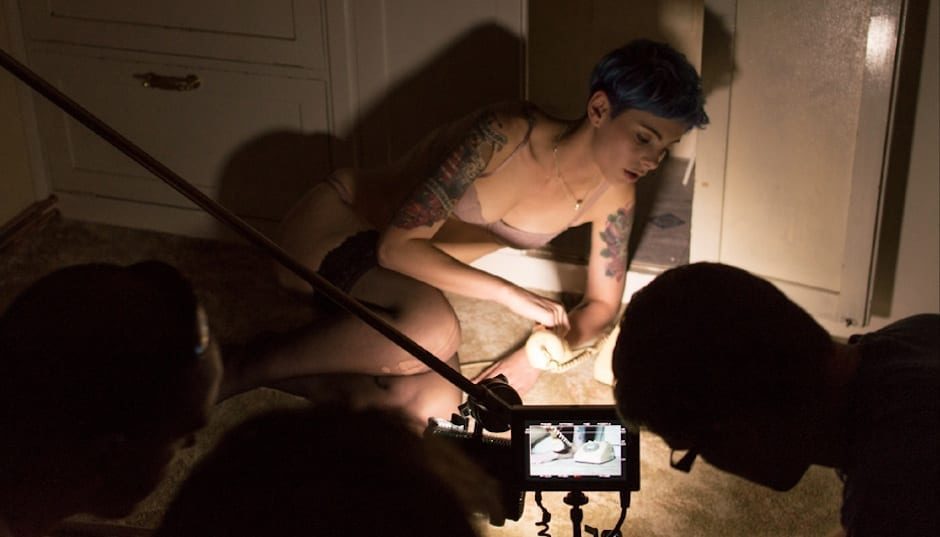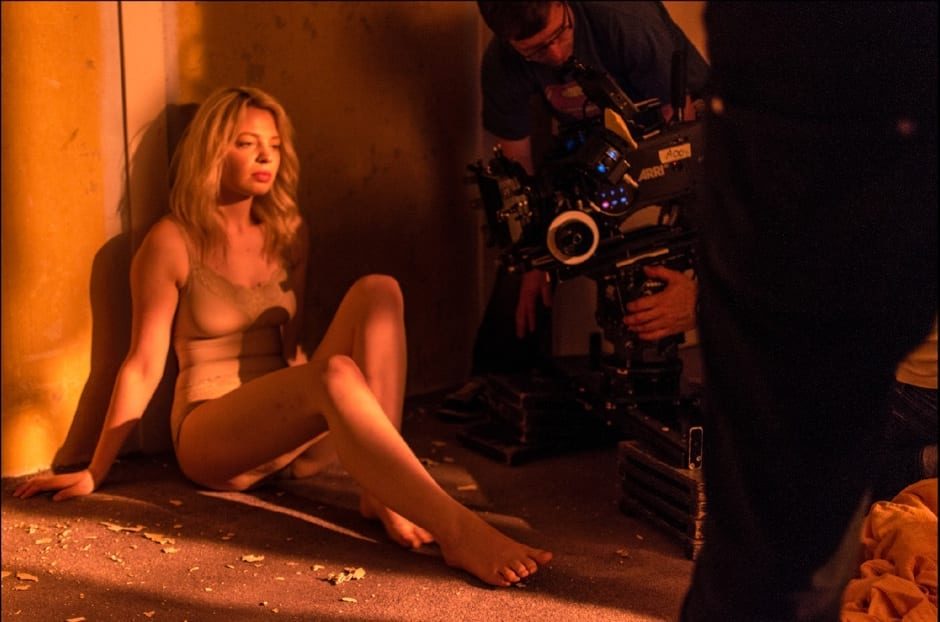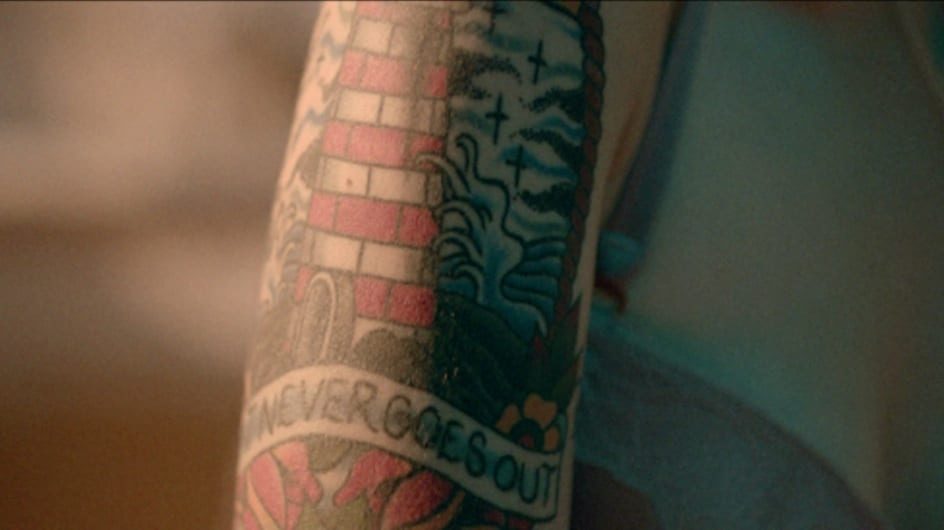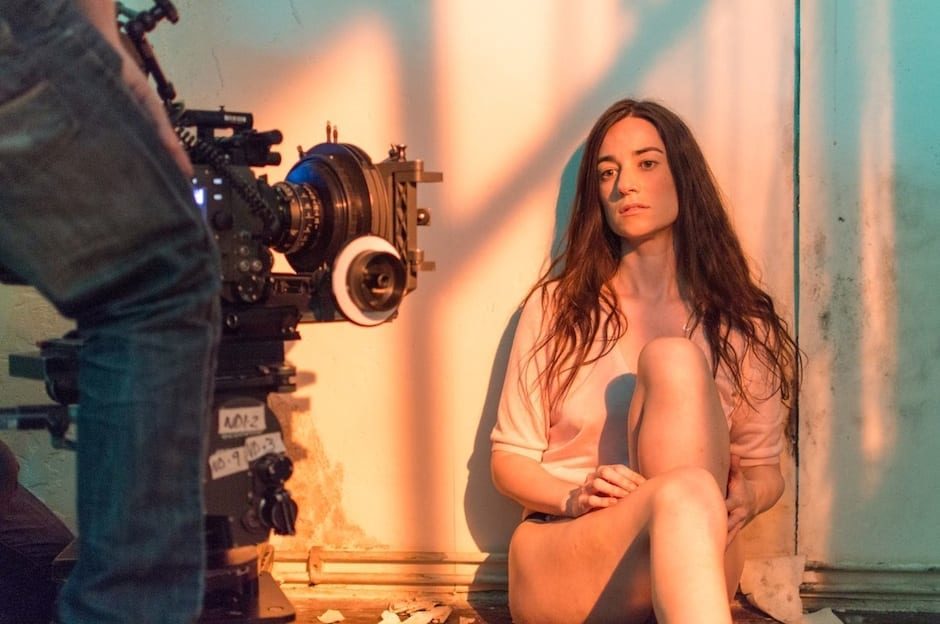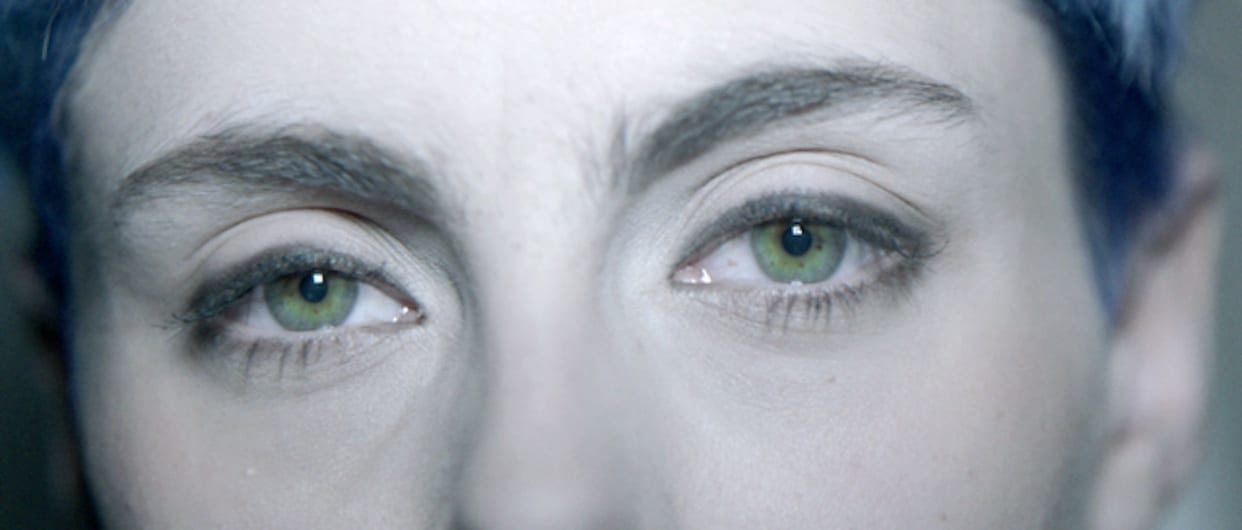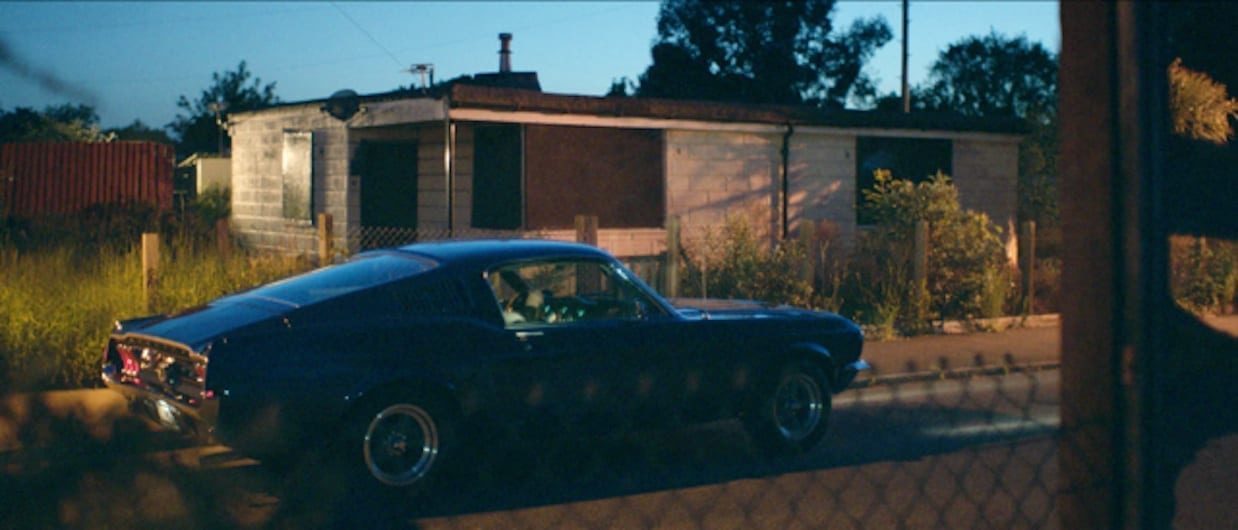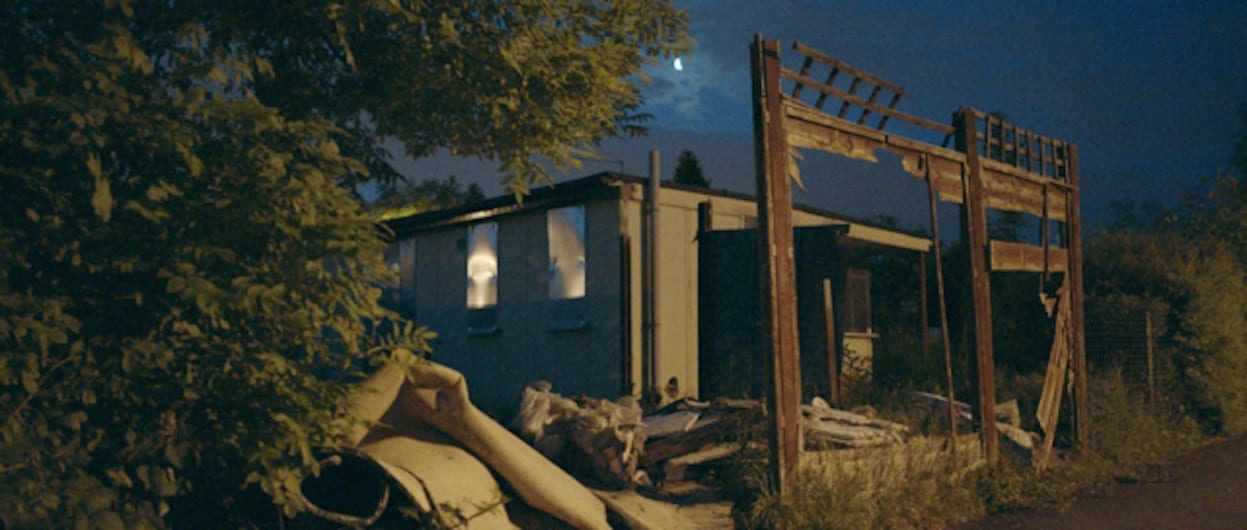A quick summary please of what you’re up to now and what led you there?
I grew up in Prague at a time when the city was inundated with Hollywood films coming over to shoot, and so from a young age I can remember regularly stumbling upon vast film sets. There was something very amazing about them; all these big beautiful lights and the volume of people all working so hard together to make something great. That’s when I thought that it’s something that I want to do. I was also influenced by my father who is a huge film fan: he had me taping movies from tv on VHS from as young as I can remember and then we would constantly re-watch them together.
I moved to London at 22 to attend the London Film School. I had a brief stint as a producer in a service company back home in Prague after that, but I missed London way too much and it wasn’t long before I decided to return. That is when I started producing music videos, and slowly began receiving commissions of my own as a director. Gradually the scales tipped and before I knew it I was directing more than I was producing, I guess as I always hoped it would.
Then Caviar got in touch and I still can’t really believe that I’m now on the same list as some of my most favorite directors.
How has your previous role as a producer affected your directing career – does this mean that you really do bring everything in on budget?!
I certainly think about the budget and how it tailors with the idea, as any director should, but to be honest I actually had to un-learn thinking like a producer to let my imagination run a little wild. I like to think it’s the director’s job to push the project creatively as far as it can go and then figure out together with the producer how to work within the parameters of the budget to come up with something interesting and new which will make for a great video. When it comes to making it, I certainly try my best for us to spend the money wisely and I feel for the producer because I know first hand it’s by no means an easy job. Ore Okonedo, our great producer, should really take the credit for making our £2k budget look like so much more.
It’s been quite an amazing past year for you, what with promos for Katy B, one for Purple Ferdinand coming up and now this stunning film Penetrate for Stubborn Heart. How has your filmic language and style evolved and what are the key lessons you’ve learnt from your recent film making?
Since getting to know the amazing people that run Caviar London – Sorcha Shepard and Anna Smith – as well as my superb rep Joceline Gabriel, I have mostly been reminded just how important ideas themselves are. It sounds obvious, but you can get so caught up thinking about how you’re going to do something that sometimes you forget to focus on what it is you’re actually trying to do. So the idea needs to be the catalyst for everything else that happens and something we get back to every time, so I try hard not to forget the essence of it.
I guess another area where I feel I have developed is in confidence, both in terms of coming up with concepts for my videos, worrying less about what will make for a “cool” video, and in terms of filming those concepts. I feel I have a growing self-assurance now that enables me to embrace a situation on set and modify things as and when I feel they are not working, rather than sticking strictly to the plan and the storyboard when my instincts tell me something’s not quite right.
Did you write the narrative for Penetrate? What was behind your symbolic use of the ink drops and moths?
For the Stubborn Heart video, I drew from the photography of Todd Hido, the storyline developing from his images. I have loved Hido’s work for ages and was waiting for just the right project where I could reference him. Hido has recently started exploring the subject of lone women in derelict interiors, lit beautifully by street lighting from outside or a spotlight thrown onto them. What I found most interesting about the photographs was how my mind started coming up with story lines for why the women might be there. I wanted to explore that same feeling in the video, in which as the viewer you are on the edge of knowing what it’s all about, but you have to let your imagination fill in the gaps and construct a narrative. It’s a slightly risky approach and some viewers might find it frustrating, but some of my favourite directors do just that.
As for the moths, they were associated with these women as lost souls, but again I wanted the narrative to be deliberately ambiguous, for me it’s a story of salvation, where’s others can see it in a quite sinister way.
The ink was in reference to the artwork on Stubborn Heart’s album, and the associations with moth colours, as well as blood.
The location feels very outskirts American and emphasizes the feeling of isolation – when did you find it and what is the story behind this site?
I actually produced a video that was shot in one of the houses, but back then it was still a fully inhabited and thriving estate. Having written the treatment I knew I wanted it to have a very American feel about it and so I biked over to the area again one afternoon, since it’s actually only about 10 minutes away from where I live in South East London. It was like another world, I didn’t know it was now half-abandoned and I could hardly believe how it had changed.
It’s actually the last remaining post-war pre-fab 1940’s estate of its kind surviving in London. They were built as temporary houses to cover the housing shortage after the bombings, but obviously lasted much longer than intended. The estate is about to be demolished and they are phasing the residents out of it, which is quite sad as many of them love living there.
It took us forever to get permission to shoot. Whilst waiting for an answer we had been researching other locations that might be remotely similar, and yet really there just wasn’t anything like it. It meant we had to be really persistent and patient and smile a lot and hope we could bring them around, which luckily we did! Having secured the location we tried hard to make everything else consistently American looking.
Stunning cinematography. Do you work regularly with the same crew and dop? Was it shot mainly at night and did you use natural or simple lighting as much as possible? What camera and kit did you use?
I try my best to work with the same people as it definitely helps the process and everyone knows what to expect from each other, and always with Charlie Herranz as cinematographer. He’s just superb to work with; he works super hard and fast and I feed off his energy.
We shot all the interiors during the day actually and tried our best for it to look natural. Charlie and his crew constructed big black-out boxes in front of each house to allow us to make the lights appear further away from the windows to give that street-lamp look. We then shot all the exteriors at night with natural light. We were lucky it was a clear night and actually coming close to sunrise when we finally wrapped, so we got that nice crisp look for the exteriors. Edwin Matternich also spent a long time in the grade making it look strong for us.
Anna Mould the production designer also deserves a special mention. It was a very difficult brief and very tight budget and she rose to the challenge. She even caught the moths and actually hand-crafted some fake ones herself for the display, which on close inspection looked almost real.
All was filmed on the Alexa.
